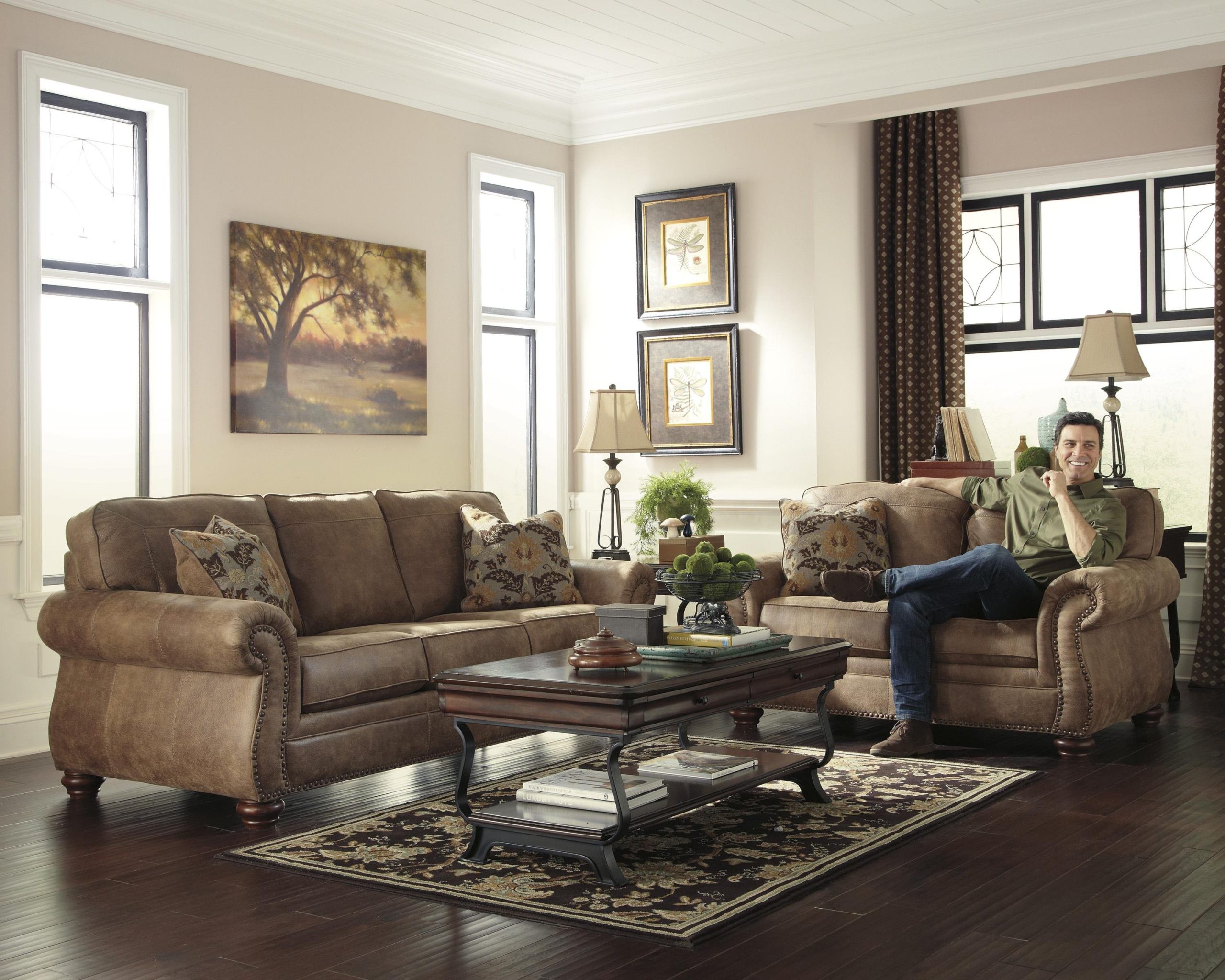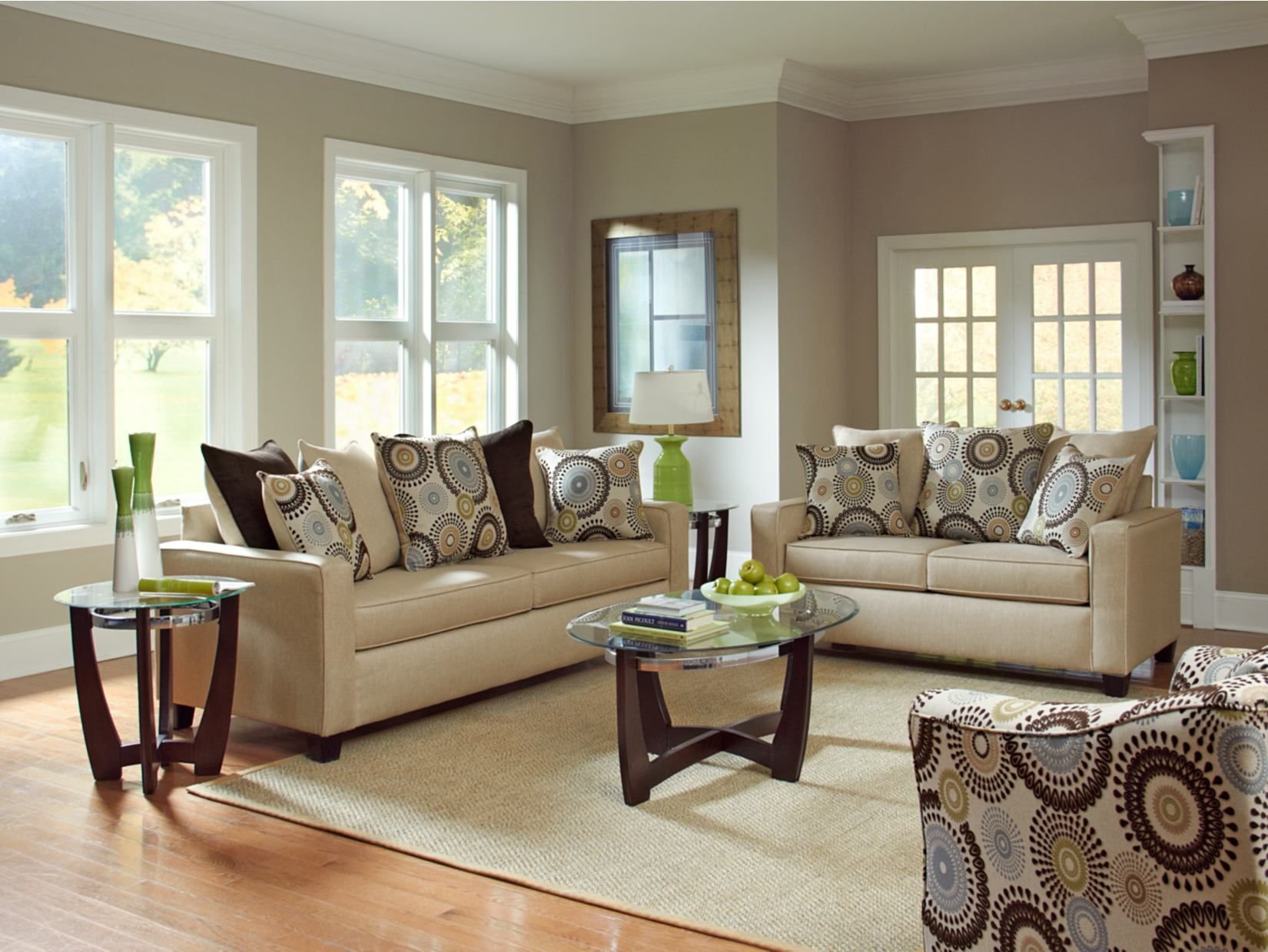Wondering what the average value of furnishings in a home might be? You’re in luck! In this article, we’ll explore the factors that impact the value of furnishings and provide insights into the average costs associated with furnishing different types of homes.
Key Takeaways:
- Average household furniture value: $6,000
- Typical new home furnishing cost range: $16,000 – $95,000
- Furnishing costs vary based on home size, quality, and preferences
- Estimated mid-range costs for common furniture items:
- Bed frame: $500-$1,600
- Mattress: $1,000-$1,500
- Nightstands: $500-$1,000 each
- Dresser/Chest: $1,200-$1,800
- Sofa/Sectional: $8,500
- Swivel chairs: $3,000
- Custom pillows: $1,500
- Coffee table: $2,000
- Side tables: $1,500
- Lamps: $1,500
- Chandelier: $1,750
- Area rug + pad: $3,500
Average Value of Furnishings in a Home

Determining the average value of furnishings in a home is a crucial consideration when budgeting for your living space. The cost of furniture can vary widely depending on factors such as the size of your home, your personal style preferences, and the quality of the furnishings you choose.
Factors Affecting Value
- Home Size: Larger homes typically require more furniture, increasing the overall cost.
- Style Preferences: Modern, minimalist furniture tends to be more expensive than traditional or eclectic styles.
- Furniture Quality: High-quality, durable furniture made from premium materials comes at a higher price but offers longevity.
Average Costs
According to surveys, the average value of furnishings in a home can range from $6,000 to over $95,000. The cost should be proportionate to the value of your home, with higher-priced homes typically requiring more expensive furnishings.
Common Furniture Costs
- Bedroom: Bed frame ($500-$1,600), mattress ($1,000-$1,500), nightstands ($500-$1,000 each), dresser ($1,200-$1,800)
- Living Room: Sofa/sectional ($8,500), swivel chairs ($3,000), custom pillows ($1,500), coffee table ($2,000), side tables ($1,500)
- Dining Room: Dining table ($1,500-$3,000), chairs ($500-$1,000 each), sideboard ($1,000-$2,500)
Tips for Estimating Value
- Consider Your Lifestyle: Opt for furniture that suits your daily routine and needs.
- Estimate Square Footage: Determine the square footage of your rooms to calculate the amount of furniture required.
- Set a Budget: Establish a budget that aligns with the value of your home and your financial capabilities.
- Prioritize Quality: Invest in high-quality furniture that will withstand wear and tear.
- Shop Around: Compare prices at different stores and online retailers to find the best deals.
Remember, the average value of furnishings in a home is just a starting point. The actual cost will vary based on your individual preferences and circumstances. By carefully considering all factors, you can make informed decisions that enhance the beauty and functionality of your living space.
Did you know that having an at-home birth can be surprisingly affordable? Read our blog about the average at home birth cost and learn how you can save money while welcoming your little one into the world.
Looking for ways to naturally scent your home without harsh chemicals? Check out our article on all natural home scents for a variety of DIY recipes using essential oils and other natural ingredients.
Are you wondering if Better Homes and Gardens wax melts are safe for your family? Our in-depth analysis of their ingredients and potential risks will help you make an informed decision: are better homes and gardens wax melts safe.
Concerned about the potential toxicity of Better Homes and Gardens wax melts? We’ve done the research for you. Explore our findings in our comprehensive guide: are better homes and gardens wax melts toxic.
Impact of Furnishings on Property Value

Are you planning to sell your home? If so, you must know the impact of furnishings on property value.
Furnishings can play a significant role in boosting your home’s perceived value and appeal to potential buyers. A well-furnished home can make it feel more comfortable, inviting, and spacious. Here’s how:
-
Enhances Aesthetic Appeal: Furnishings can add a touch of elegance and style to your home, which can appeal to buyers’ personal tastes and preferences.
-
Increased Perceived Space: Strategic furniture placement can create the illusion of a larger space, making your home appear more spacious and inviting.
-
Elevates Comfort and Functionality: Comfortable and functional furnishings make your home more enjoyable for both you and potential buyers, increasing the perceived value.
-
Reflects Personal Style: Buyers may connect with homes that reflect their own style preferences. Furnishings that align with the home’s overall aesthetic can help create a more personal and relatable atmosphere.
-
Increased Market Value: In some cases, well-chosen furnishings can increase the market value of your home. Buyers may be willing to pay more for a property that is already furnished and move-in ready.
Key Takeaways:
- Furnishings play a significant role in boosting the perceived value of a home.
- Well-chosen furnishings can increase a home’s aesthetic appeal, perceived space, and comfort.
- Furnishings that align with the home’s style and personal preferences can make it more relatable to potential buyers.
- In some cases, furnishing a home strategically can increase its market value.
Sources:
- Hat City Pawn: What’s the Average Value of Your Home Contents?
- Spending Patterns of Home Buyers: Appliances, Furnishings and Property Alterations – National Association of Home Builders
Trends in home furnishings value
With the ever-changing trends in interior design and home decor, the value of furnishings in a home can fluctuate significantly. Let’s delve into the details to understand these trends and their impact on your home’s worth.
Style and preferences
Personal style and preferences play a significant role in determining the value of furnishings. Contemporary and modern styles are generally more sought-after and can add value to a home, especially in urban areas. Vintage and antique pieces, on the other hand, may be valuable to collectors but may not appeal to the broader market.
Age and condition
The age and condition of furnishings also impact their value. Well-maintained and newer pieces are generally worth more than older, worn-out items. Antiques and vintage pieces may be exceptions, as their value can increase over time.
Quality and materials
The quality of materials used in furnishings is another important factor. High-quality materials such as solid wood, leather, or natural fibers tend to retain their value better than lower-quality materials like particleboard or synthetic fabrics.
Location and market trends
The location of a home and the current market trends can influence the value of furnishings. In areas with high demand for housing, well-appointed furnishings can add value. However, in less competitive markets, the value of furnishings may be less significant.
Key Takeaways:
- Style and personal preferences: Contemporary and modern styles are generally more valuable, while vintage and antique pieces appeal to niche markets.
- Age and condition: Well-maintained and newer furnishings hold more value than older, worn-out items.
- Quality and materials: High-quality materials like solid wood and leather retain their value better than lower-quality materials.
- Location and market trends: The value of furnishings can vary depending on the location and current market conditions.
Sources:
- https://www.nahb.org/
Tips for maximizing the value of home furnishings
When it comes to selling your home, the value of your furnishings can make a big difference in the final sale price. So, it’s important to take steps to maximize the value of your furniture and décor.
Key Takeaways
- Research: Do some research to find out how much similar pieces are selling for in your area. This will give you a good idea of what you can expect to get for your furniture.
- Depersonalize: Remove any personal items from your décor, such as family photos or religious objects. This will make it easier for potential buyers to envision themselves living in the space.
- Clean and Repair: Give your furniture and décor a good cleaning and make any necessary repairs. This will make your home look more appealing and well-maintained.
- Accessorize: Add some stylish accessories to your rooms, such as throw pillows, rugs, and lamps. This will help to create a more inviting and comfortable atmosphere.
- Neutralize: If you have any bold or colorful furniture or décor, consider neutralizing it with some more neutral pieces. This will make your home more appealing to a wider range of buyers.
- Declutter: Remove any unnecessary clutter from your home. This will make your rooms look more spacious and inviting.
- Stage your home: If you’re selling your home, consider staging it with furniture and décor that will appeal to potential buyers. This can help to show off your home’s best features and make it more appealing.
By following these tips, you can maximize the value of your home furnishings and make your home more appealing to potential buyers.
Sources:
- Orchard: How to Include Furniture in the Sale of Your Home
- HomeLight: Want the Couch, Too? How to Price Furniture When Selling a House
FAQ
Q1: What are the factors that influence the average value of furnishings in a home?
Q2: How does the size of a home affect the average value of its furnishings?
Q3: What types of furnishings typically have the highest value?
Q4: How can I increase the value of my home’s furnishings?
Q5: What is the average cost to furnish a new home?
- The Best Battery Picture Lamps for Effortless Artwork Illumination - April 1, 2025
- Double Sink Bath Vanity Tops: A Buyer’s Guide - April 1, 2025
- Bath Towel Measurements: A Complete Guide to Choosing the Right Size - April 1, 2025










